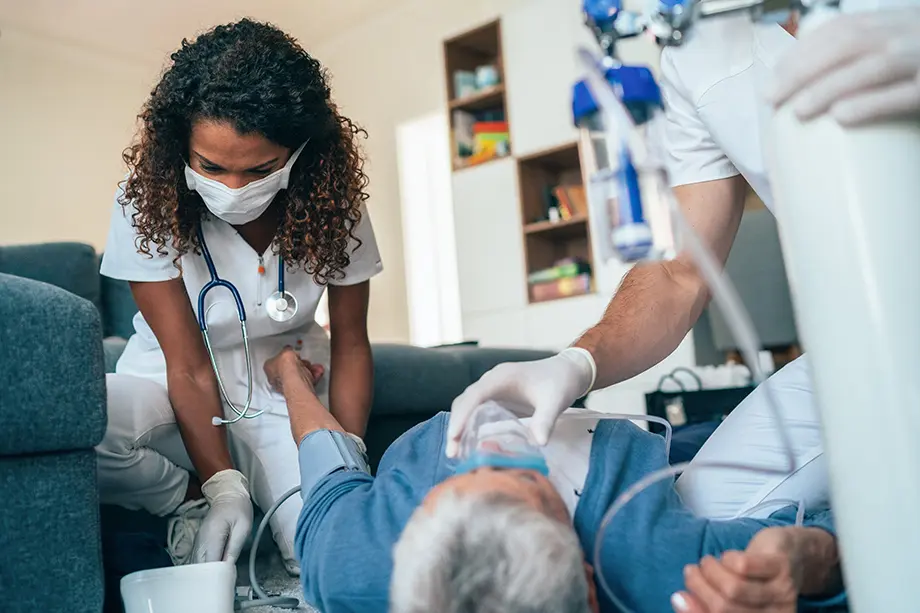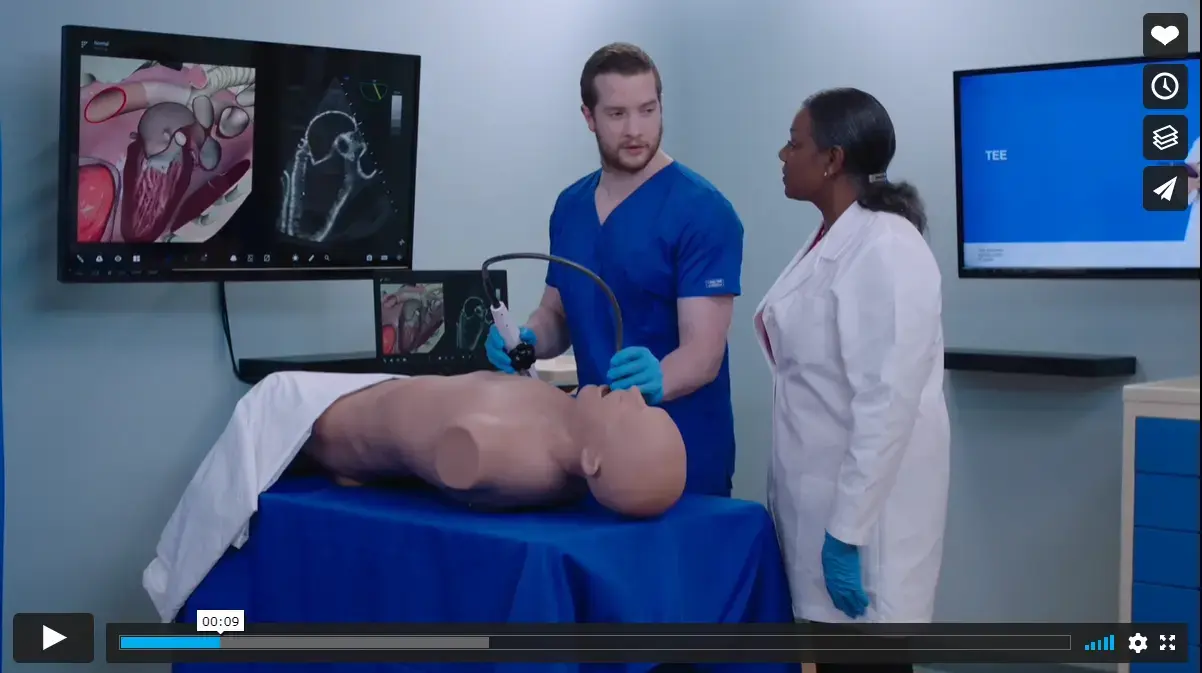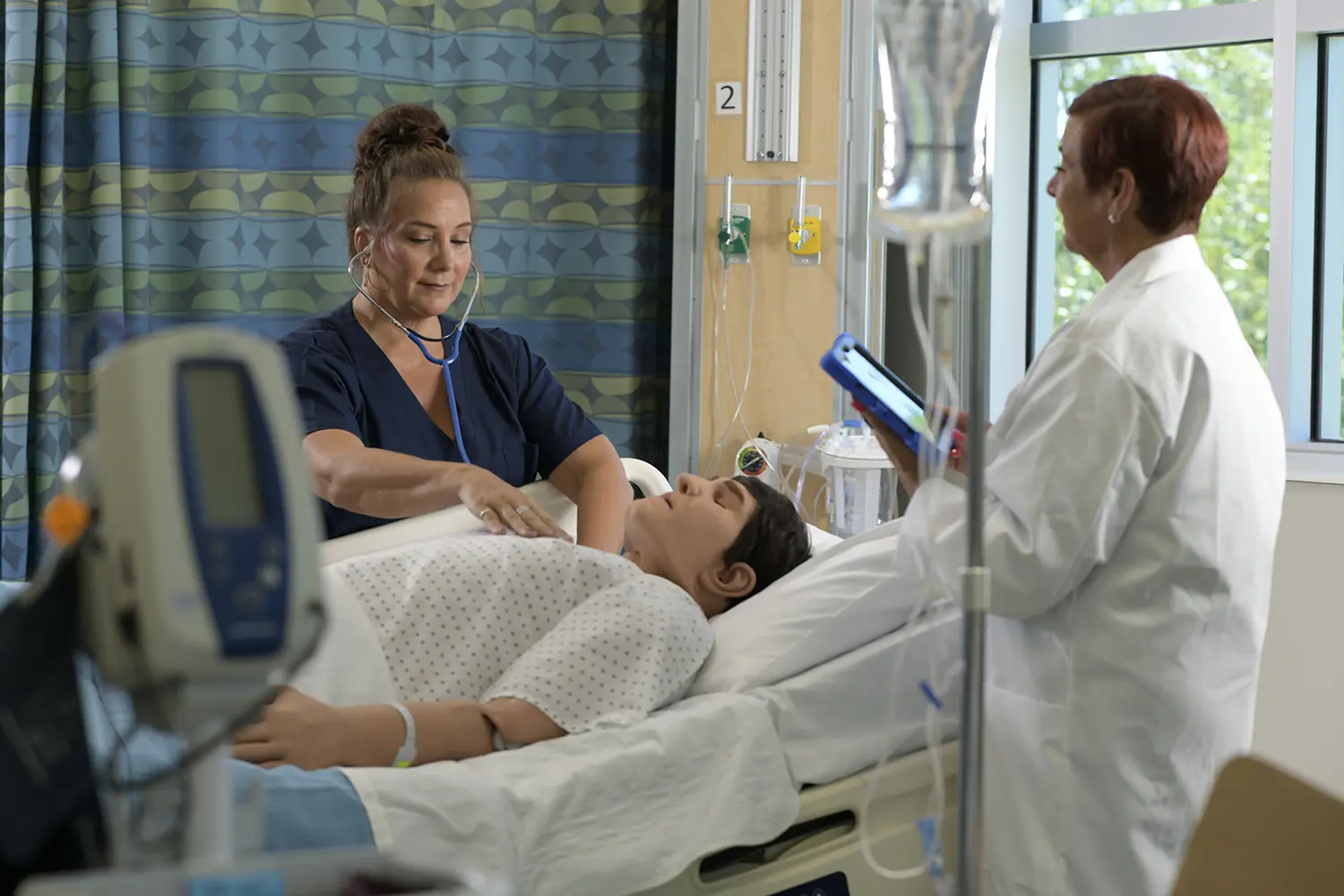CAE Healthcare Blog
Taking patient safety to new heights using aviation best practices
Jan 04, 2023

Though worldwide air traffic has increased substantially over the past 20 years, aviation-related fatalities have dropped significantly, from 450 per year to 250, a decrease of about 56%.
Unfortunately, the same can’t be said for error-related casualties in healthcare.
According to McKinsey 2020 data, medical errors kill approximately 250,000 people annually in the United States alone. That’s the equivalent of two commercial jets crashing every day.
If those numbers were true for aviation, people would hesitate to fly.
Thankfully, the aviation industry tackled the issue head on, adopting practices that increased the safety of air travel and ultimately lowered the frequency of deaths from 1 every million miles flown to 1 every billion miles. Healthcare can—and should—do the same.
One of the biggest boosts to aviation safety was the introduction of crew resource management (CRM), training focused on situational awareness, communication skills, teamwork, task allocation and decision-making.
During required recurrent training, pilots use simulation to practice and maintain these skills. While managing simulated emergency scenarios, learning how to fly specific aircraft, or other procedures, they simultaneously test and enhance their communication skills, coalesce as a team and practice a culture of transparency. They ensure every member of the flight crew is aligned on what’s taking place while also keeping air traffic control in the know. And if a mistake or mishap takes place during a flight, they can confidentially report it using an online database managed by the FAA.
Healthcare faces similar challenges: communication errors that result from distractions or confusion, a lack of clarity around roles and responsibilities, a reluctance to speak up or contradict. And when these incidents occur, there isn’t a national healthcare database to log the mistake or process flaw.
For the healthcare industry to see the same improvements the aviation industry has, healthcare professionals, including educators, would be well-served to adopt some of the practices that have been successfully applied in aviation (and hopefully see some of the same benefits). This work is gaining ground: medical simulation is used to practice high-risk procedures, explore human factors, enhance communications and increase teamwork in a risk-free environment. These immersive experiences are lifelike in their realism (and the pressure they put on participants). Challenges can be called out and errors corrected, without risking the life of an actual patient.
Stanford University has seen the value in this approach, implementing a high-tech monitoring system, known in the aviation industry as a black box, to capture what’s happening during surgical procedures to improve training and promote a safety culture.
And much of the healthcare industry is putting its support behind a National Patient Safety Board similar to the National Transportation Safety Board that investigates accidents and ensures the safety of transportation, whether planes, trains or otherwise.
While some areas of the healthcare industry have taken crucial steps to increase safety over the past few decades, there’s still room to do more. And one need look no further than the aviation industry to see the value in doing so.
Media Inquiries
Mary Beth Kennedy
Marketing & Communication Specialist


